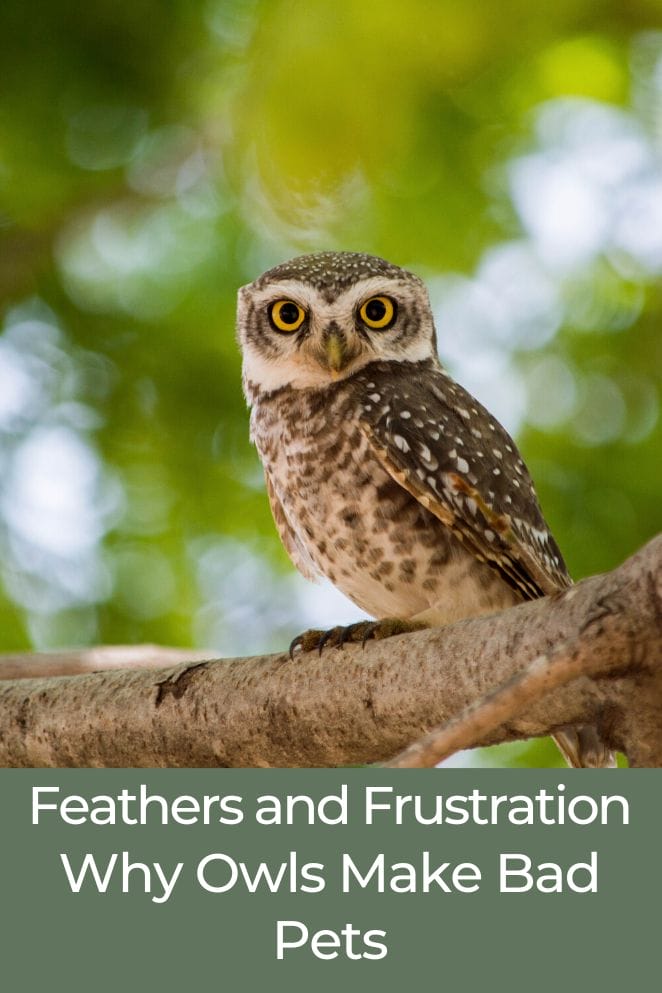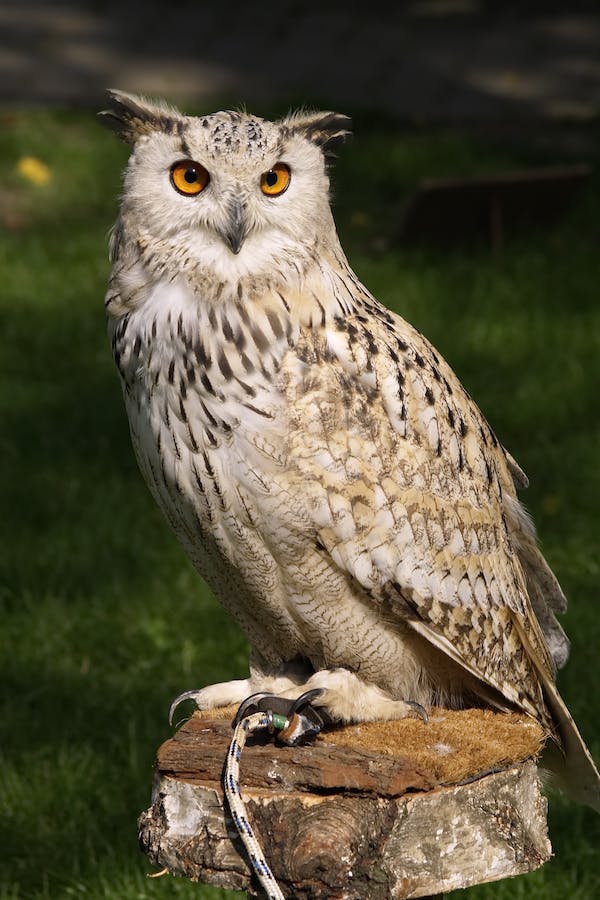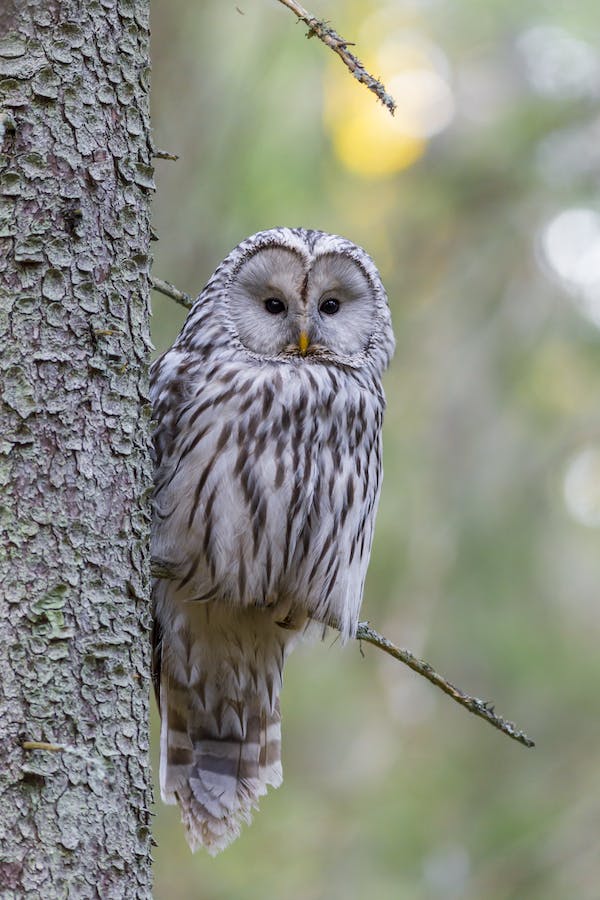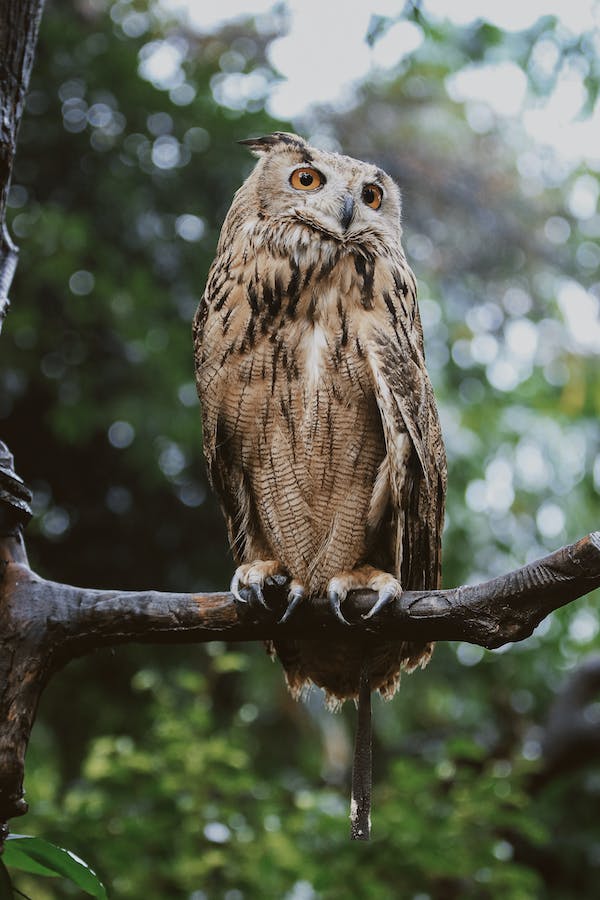
Owls, with their stunning beauty and mysterious aura, have been subjects of admiration for centuries.
However, it is crucial to recognize that their allure does not translate well into domestic companionship.
Here, we explore the inherent challenges and drawbacks associated with attempting to make owls household pets, emphasizing the importance of preserving their natural habitats and observing them from a respectful distance.
Owl Characteristics
Owls, distinguished nocturnal birds of prey, are characterized by distinctive features including large eyes, sharp talons, and silent flight.
Carnivorous by nature, their diet predominantly consists of small mammals like mice, voles, and shrews.
Preferring solitude, owls choose to inhabit serene and undisturbed environments, favoring locations such as forests and woodlands.
These remarkable avian creatures embody a unique set of traits that contribute to their adaptation and survival in specific ecosystems.
- Related post: 14 Interesting Owl Facts That You Should Know
- Related post: Top 20+ Owl Names Inspired by Harry Potter

Reasons Why Owls Make Bad Pets
Owls are wild animals that are not suited to life in captivity. Here are some reasons why owls make bad pets:
Messy
Owls are inherently messy creatures, producing a substantial amount of waste.
Accommodating their need for space and providing the necessary care proves challenging in a home environment, making them unsuitable for domestic life.
Dangerous
Equipped with sharp talons and beaks, owls pose a potential danger, particularly in households with small children or other pets.
Their natural weaponry can cause serious injuries, emphasizing the risk associated with keeping them in close quarters.
Specific diet
Owls adhere to a highly specific diet, primarily consisting of fresh meat such as rodents and small mammals.
Meeting their nutritional needs can be a demanding task, requiring a significant investment of time and effort to ensure proper care.
Wild animals
Owls, being wild animals, resist domestication.
They are not inclined to be handled or cuddled and thrive when provided with ample space and freedom to fly.
Attempting to confine them within the constraints of a home setting goes against their natural instincts and can lead to stress and behavioral issues.
Legal restrictions
Federal laws protect owls, making it illegal to keep them as pets without the necessary permits.
Obtaining such permits can be a cumbersome and time-consuming process, deterring many from attempting to keep owls in captivity.
Ethical considerations
Beyond legal constraints, ethical considerations come into play.
Owls, like all wild animals, deserve to live in their natural habitats, where they can exhibit their natural behaviors and contribute to the ecosystem.
Keeping them as pets goes against the principles of animal welfare and conservation.

Negative Impacts of Owls Living in Human Homes
The negative impacts of owls living in human homes are significant and diverse. Some of the key negative impacts include:
Toxicology and chemical contamination
Chemical contamination from pesticides and other chemicals is considered one of the most detrimental threats to owl populations.
These chemicals can have global impacts on owl populations, affecting them on a population scale.
For example, burrowing owls, which nest on the ground, are directly affected by the application of insecticides, pesticides, and other chemicals applied on the ground.
Agricultural impacts
Agriculture can significantly impact owl populations through habitat alteration.
Farming and ranching, which are primary land uses in many areas, often modify landscapes, leading to both beneficial and harmful impacts on owls.
While the planting of trees and the building of structures can be beneficial, modern agricultural methods have limited the availability of suitable nesting structures for owls.
Human presence and habitat changes
Human presence and activities can cause changes in owl ecosystems, leaving many owl species unable to adapt.
Growing towns and cities, as well as deforestation and illegal hunting, have led to a decline in owl territories and have put the future of many owl species in danger.
Survival rate and disease
Long-term studies have shown that the survival rate of owls decreases with an increase in human numbers in an area.
Human interference, deforestation, and illegal hunting can also impact the survival of young owl chicks.
Additionally, diseases and parasites, such as parasitic worms, fleas, and flies, can have negative impacts on owl health and survival.
Habitat alteration and loss
Human activities, such as deforestation and urbanization, can lead to habitat alteration and loss, impacting the availability of suitable roosting, nesting, and hunting sites for owls.
This can limit the population growth of owl species and put their long-term survival at risk.

How To Prevent Owls From Living in Human Homes
Here are some ways to prevent owls from living in human homes:
Create barriers
Put roosting spikes wherever you see owls trying to perch.
Another option is to remove perching areas altogether by cutting down larger trees.
If you don’t want to disrupt your land, then try to confuse or frighten the owls by installing night lights with strobes near your home.
Use noise and sounds
Owls typically avoid any sort of contact with a human being.
If you find out that an owl is lurking somewhere around your property, make noises.
Yelling, shouting, and clapping are what owls are afraid of.
Increasing human activities in the presence of owls can make them go away.
You can make your homemade noise-making setups near your chicken coop and porches.
Implement pest control measures
Reduce the presence of rodents, which are a primary food source for owls.
Secure trash cans, eliminate food sources (like pet food left outdoors), and seal off openings where rodents might hide or enter your yard.
Additionally, seal any openings, holes, or crevices in buildings, sheds, or trees that owls might use for nesting.
Install owl nesting boxes nearby to provide an alternative nesting option.
Install owl boxes
You can try installing owl boxes on your property to provide owls with a safe nesting place where Owl boxes do not only help owls but also humans by keeping rodents away.
An owl box should be watertight and be placed in a high area.
It should also be cozy so that owls can be comfortable and choose your DIY owl box to bear Unlike the majority of other bird species, owls do not make their own nest.
They will look for an abandoned nest or assume their parent’s nest. This is why it would be a huge help for the owls if you created an owl box in your backyard.
Modify habitat
Owls love to roost in dense evergreens and other types of trees.
Trim or remove overhanging branches that owls may use.
Reflective objects, scarecrows, motion-activated sprinklers, and other visual and auditory deterrents can also be effective in making your property less appealing to owls.
- Related post: Top 150+ Funny Owl Names
- Related post: 12+ Best Owl Wings Tattoo Ideas

Conclusion
Owls, captivating as they are, are best admired from a distance rather than being kept as pets.
Despite their appeal, they are wild creatures ill-suited to life in captivity.
Owls present challenges as pets due to their messy nature, potential danger, and specific dietary needs that can be difficult to meet.
Instead of attempting to domesticate them, it is preferable to appreciate them in their natural habitat where they can thrive.
In the wild, owls play a valuable role as natural pest controllers, making their presence beneficial to ecosystems while allowing them to exhibit their natural behaviors freely.
FAQs
Owls are protected under federal law, and it is illegal to keep them as pets without a permit. Obtaining a permit can be difficult and time-consuming.
Owls have sharp talons and beaks that can cause serious injury. They are not suitable pets for families with small children or other pets.
Owls are natural pest controllers that can help keep rodent populations in check. They are also a symbol of wisdom and good luck in many cultures.


GIPHY App Key not set. Please check settings